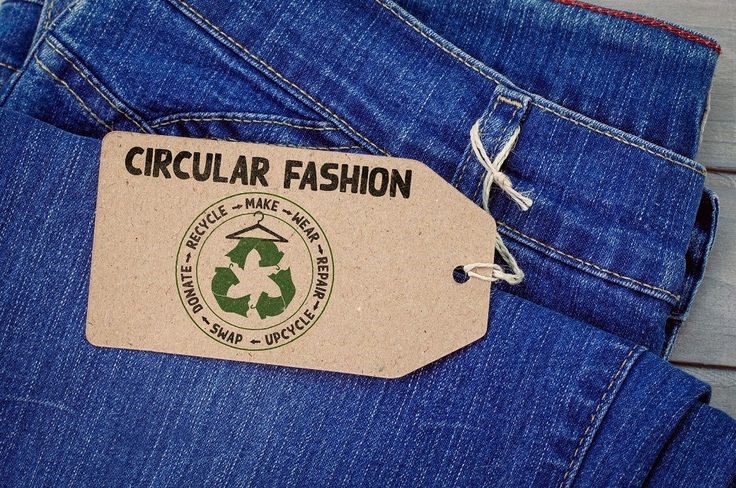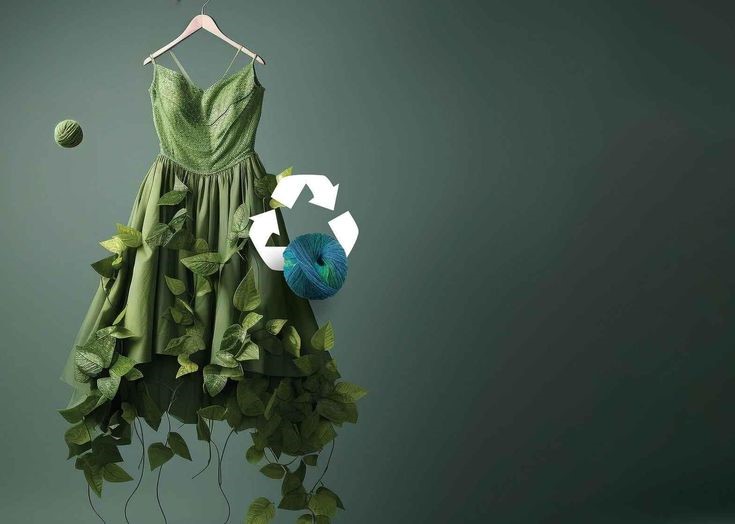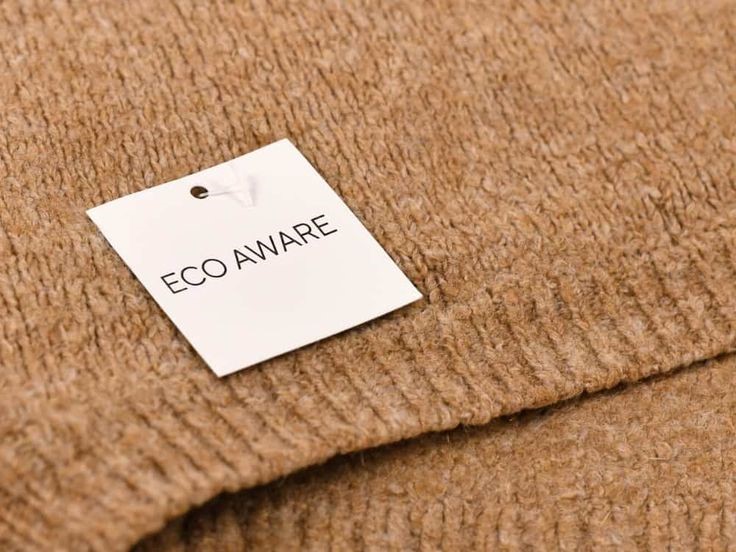The waste generated by apparel has been discussed on global levels. Various reforms have been planned and implemented by environmental bodies. The waste caused by fashion production needs a permanent solution. But it has its own set of challenges, due to which it cannot be executed. Till then, there are many temporary solutions that are practical and can be performed by factories and brands. Zero-waste manufacturing and a circular fashion economy are to name a few. Circular fashion economy is about an approach where apparel is designed by keeping in mind the future and its life span. While the resources used should be used to their full efficiency. It tries to keep the loop going so that the resources end up in industry for the manufacturing of clothes for a long time.
7 ways apparel factories are adopting to zero waste trends

image credit: pinterest
1. Optimization In Pattern Making
Due to the adaptation of circular fashion, factories now have the option too redesign patterns and create patterns in a way where fabric waste is reduced using new ways of manufacturing. Waste generation is a common thing in pattern making and cutting. But now they are using advanced technology and tools for reducing the waste. This tool helps in planning layouts in advance, and reduction of waste is possible. Technologies such as CAD and 3D software help to make quick changes and formation of patterns. There is also a marker-making technique that helps with pattern-making and thus leads to a zero-waste manufacturing process.
2. Post-consumer recycling and upcycling
Many factories have adapted a circular fashion approach for recycling and upcycling processes. It collects garments from old collections or manufacturing and makes changes with its fabrics or reduces a few materials, converting them into a new fiber, thus following sustainable apparel production. This new textile can be thus used in the production process without the usage of new resources. Thus, using the recycle method. Another eco-friendly practice is upcycling. It is about making and transforming an old cloth into a brand new one. Thus the old material comes to use, and there is no waste while the loop is continued. Brands have also tried to introduce limited collections from the upcycling method.

image credit: pinterest
3. Closed Loop Systems
Circular fashion also includes a closed-loop system, which is another method that various apparel factories have adapted for zero-waste manufacturing of clothes. In this approach, the clothes are designed in such a way that the consumer and brand are aware of their life cycle. This method helps in recycling, and planning to assemble and disassemble gets easy. Thus again, the materials used can be returned, and the loop continues, which helps in attaining eco-friendly practices.
4. Collaboration and Transparency
Nowadays, companies often go for collaborations with different brands that are sustainable or with NGO’s that are known for eco-friendly-related work in the community. This collaboration brings new knowledge and awareness about innovation and solutions such as zero-waste manufacturing. This also increases the market reach. There is also transparency from such brands for their consumers. They clearly mention the use of materials and fabrics, the lifecycle of the product, or the impact it has on the environment. This makes consumers conscious, brings changes in their consumer behavior, and motivates brands to adapt more to sustainable apparel production.

image credit: pinterest
5. Using Sustainable Material
Along with slow fashion making a comeback, it also has sustainable materials making a way in apparel factories through the circular fashion economy. There is a shift that was introduced back in time but is now adapted and is being used for the production of apparel for using more eco-friendly practices and a sustainable apparel production approach. From biodegradable materials to recycled ones, designers and manufacturers are adapting materials that reduce carbon footprints and are safe for the environment. It is sure one of the best and most important practices towards zero-waste manufacturing, as the clothes produced are more durable.
6. Workshops on zero waste trends
Factories and brands can hold workshops about zero-waste manufacturing and circular fashion to create awareness regarding its principles among the workforce and employees. They should be educated about this efficient practice and recycling methods. Training sessions should be conducted for teaching them those skills, such as upcycling or sustainable apparel production techniques.

image credit: pinterest
7. User-Centric Design Approach
According to circular fashion, factories and companies have also adapted the user-centric approach. Where they design and produce according to the user demands. This helps to reduce overproduction and motivates factories for eco-friendly practices. They can also produce only when asked or an order is placed. This reduces the overstocking or wastage of resources. It also acts as an advantage for consumers. As they can ask for personalisation and customization in the apparel.
How Does Maker’s Row Help To Adapt?
With brands and technologies being aware of new trends and solutions, it is important for new brands and even existing brands to adapt the new trends accordingly if provided the right guidance. Maker’s Row is one solution that allows new and existing brands to learn and stay updated according to their brand vision. They help you get noteworthy insights from industry experts that provide you with futuristic and appropriate advice. They also have various knowledgeable resources like blogs and videos that help you for a better understanding.

image credit: pinterest
Conclusion
New trends and technologies getting introduced in the market related to sustainable apparel production and zero-waste trends is a good way that can make a positive impact and shift in the apparel industry and approaches. Zero-waste manufacturing is more about practically possible solutions. Knowing no practice or solution can reduce the negative impact or vanish them. But it is a good practice available to reduce waste. And to keep the resources in production loop for a long time. Renew, reuse, and recycle with different ideas and innovations for eco-friendly practices is being adapted in apparel factories.
You Can Also Read..